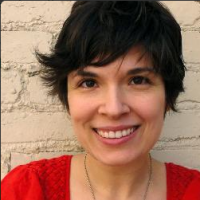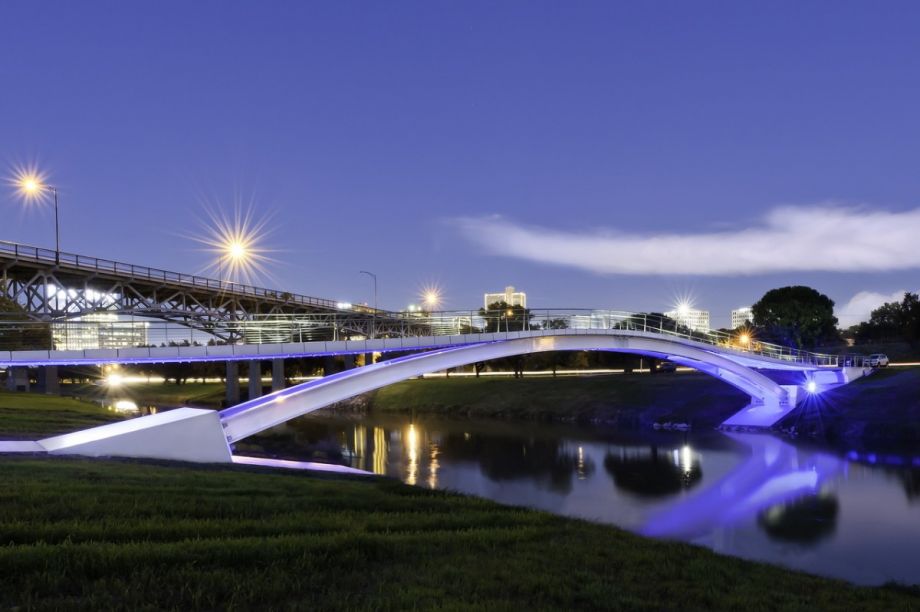Fort Worth, Texas, is a year into a grand experiment: Can small changes lead up to citizens living healthier, longer lives?
The fifth-largest Texas city, with a population of almost 800,000, signed on to be a part of the Blue Zones Project, which aims to “reverse-engineer longevity” into a community by promoting a number of principles gleaned from National Geographic explorer Dan Buettner’s observations of healthy and long-lived communities around the globe. It’s the largest test city for Blue Zones yet.
The project involves encouraging individuals, restaurants, schools, employers and grocery stores to agree to pledges to improve their wellbeing. An employer, for example, could agree to promote biking to work. A grocery store could remove sodas from checkout lanes or use more whole grains in breads baked in-store.
In Fort Worth, says Suzanne Duda, vice president for government relations at Blue Zones Project Fort Worth, the city needs to get 111,000 people 15 and older to sign the personal pledge, 25 percent of schools, and enough employers to represent 85,000 employees. The city also needs to adopt a complete streets program and choose from a number of other possible changes to the built environment, transportation and healthy eating.
Already Blue Zones has shown impressive results in the small town of Albert Lea, Minnesota, where in 2009 the city worked with Blue Zones on a 10-month pilot. The city built sidewalks and bike lanes, built 46 new community gardens, and convinced schools to stop selling candy for fundraisers. According to Blue Zones, Albert Lea residents’ life expectancies rose three years and participants shed a collective 7,280 pounds.
Fort Worth Mayor Betsy Price is hoping for similar results on a larger scale. “Tarrant County outpaces the state obesity rate with a 33.6 percent rate among adults,” she writes in an email. “City leadership recognizes the importance of a healthy city for the sustainability of our economic growth.”
The project was inspired by Buettner’s travels to find five places where people lived to age 100, at rates far outpacing the general population. He found them in Sardinia, Italy; Okinawa, Japan; Costa Rica; Greece; and in a Seventh-Day Adventist community in Loma Linda, California. What those places had in common became the principles that the Blue Zones Project espouses. They are things that “probably make a lot of sense,” Duda says — ideas like eating a vegetable-heavy diet, de-stressing, putting family first and moving naturally — “in none of the five communities did people actually exercise, but in all of them, people moved around a lot naturally in their day-to-day lives.” (It’s important to note here that these principles were derived from observation, but Buettner hasn’t conducted any studies to determine whether they are the root causes of longevity or if they simply correlate with health. But it’s also hard to argue with the health benefits of something that boils down to “walk more and eat vegetables.”)
The challenge is to insert these principles into Fort Worth without making them feel obtrusive. Since the project launch in 2014, facilitators like Duda have been working with community organizations and employers to help them implement those principles.
But, Price has emphasized, the project isn’t about making anyone do anything. “Blue Zones Project’s underlying premise is that when healthy choices are the easy choices, we choose them more often,” she writes.
That means that in addition to asking restaurants to add healthy items to the menu and asking employers to encourage bike commuting, Fort Worth is putting a hefty emphasis on improving its built environment. The city has introduced WalkFW, a pedestrian transportation plan, and a new bicycle and pedestrian advisory committee is working on improvements to a 2010 cycling plan. (One early result: over $11 million for bike and sidewalk infrastructure in the 2014 bond program.) The city is also working on a complete streets program as well as considering a program that would let vendors take produce carts into food deserts.
To make sure the benefits are felt by people of all income levels, Blue Zones Project Fort Worth is giving each part of the city individualized attention, reaching out to community groups and translating materials into Spanish.
The next geographic area Blue Zones is reaching out to is Southeast Fort Worth, an area with a relatively high proportion of lower-income individuals. “We’re doing planning right now,” Duda says. “We brought in the president of Southeast Fort Worth Inc., some pastors. This will be an evolving group.”
”The whole theory of it is the tipping point,” Duda adds. “If you can make a meaningful enough impact on enough of the community, you can impact the community as a whole.”
The Works is made possible with the support of the Surdna Foundation.

Rachel Kaufman is Next City's senior editor, responsible for our daily journalism. She was a longtime Next City freelance writer and editor before coming on staff full-time. She has covered transportation, sustainability, science and tech. Her writing has appeared in Inc., National Geographic News, Scientific American and other outlets.
Follow Rachel .(JavaScript must be enabled to view this email address)

















